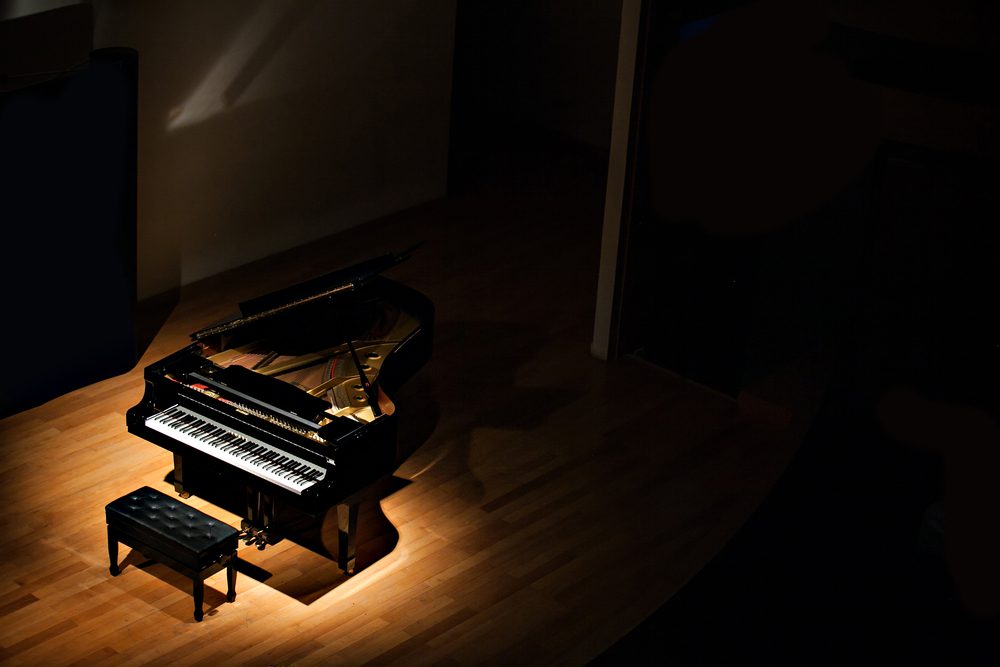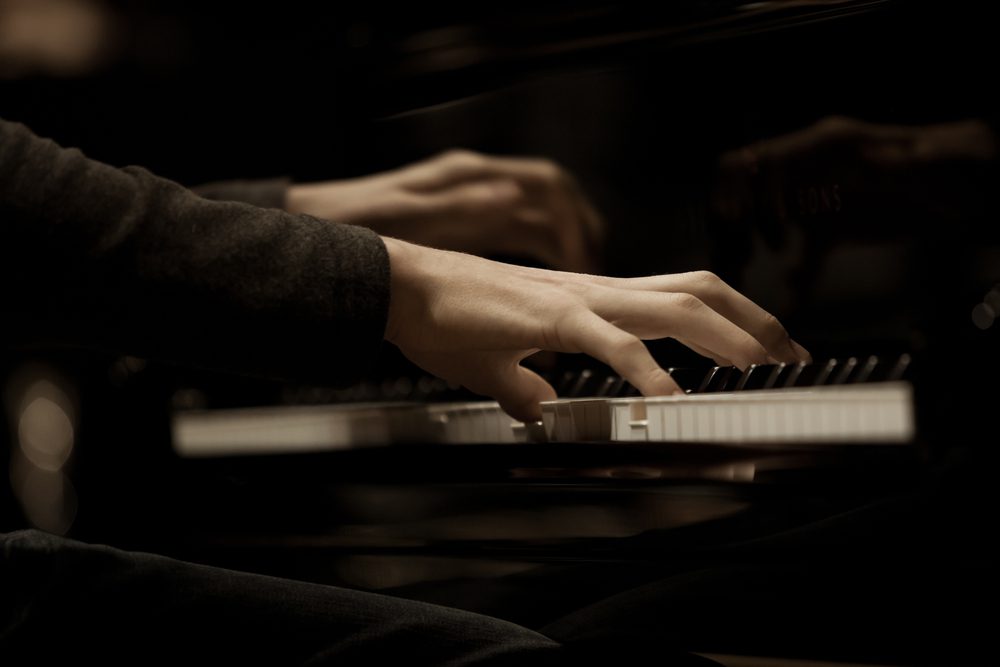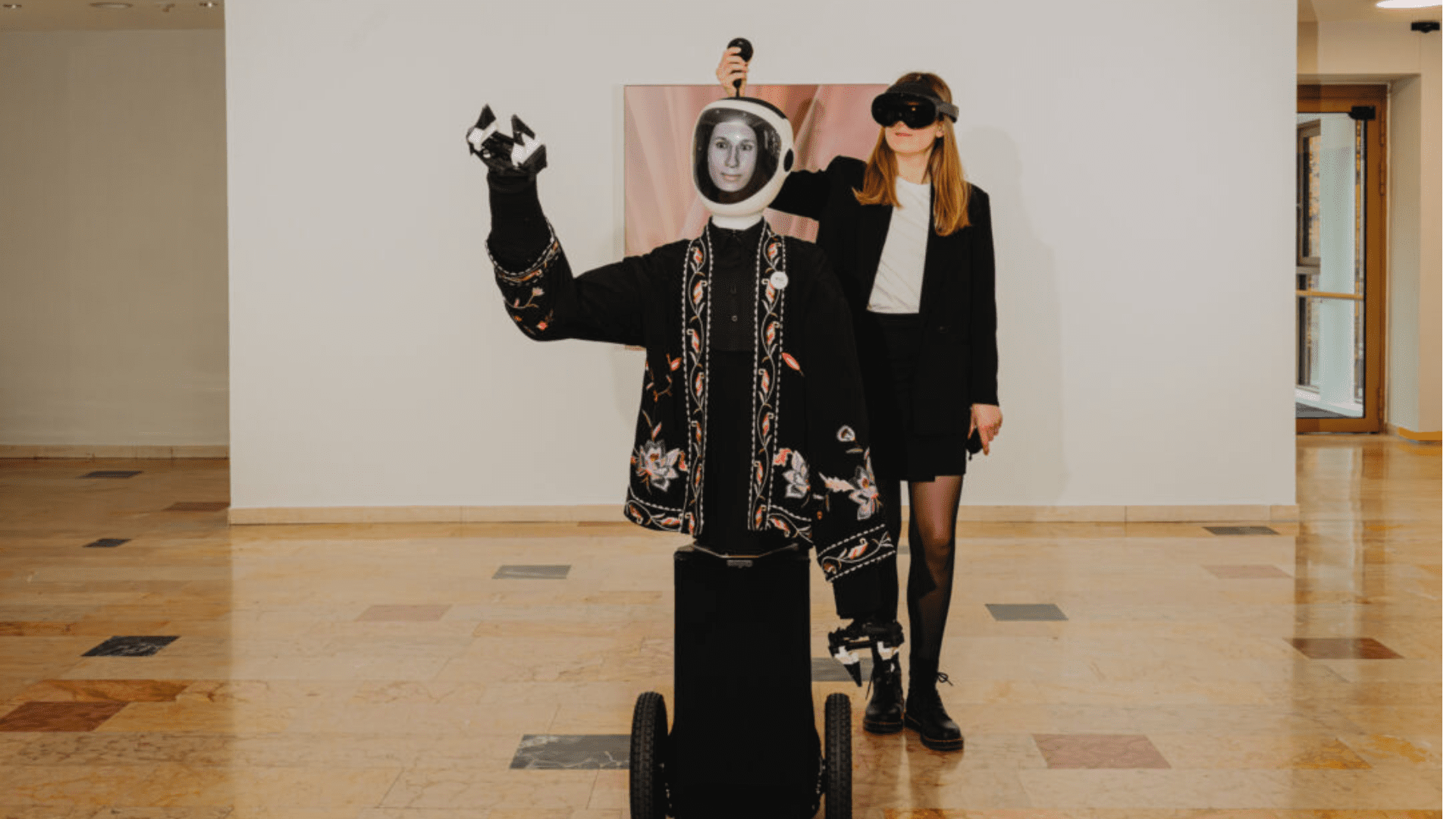The modern piano produces a sound so captivating that it has the power to bring entire audiences to tears, but tickling the ivories wasn’t always so simple. The piano as we know it today began in the 1700s. However, it wouldn’t have been possible to develop without the knowledge of string-based instruments, which dates back to prehistoric times. Mankind went through various stages of developing string instruments until the 14th century, which saw the creation of keyboard instruments.

The piano as we know it today was created by Bartolomeo Cristofori of Padua, Italy. When he created his invention, the most popular piano-like instruments were the clavichord and the harpsichord. The difference between the two was that with a harpsichord the strings were plucked by quills, while with the clavichord they were struck by tangents.
There were downsides to both of these instruments. The way the harpsichord was designed didn’t allow the player to control the volume of the instrument, which made it difficult for composers to evoke emotion with their music. Though the clavichord allowed composers to control the volume, the sound was too delicate and couldn’t be used for larger performances.

The piano was Cristofori’s attempt to combine the control of the clavichord with the volume capabilities of the harpsichord. He was able to perfect the sound and design using two techniques. One being that the hammer would strike the key, but not remain in contact with it. The second being that the hammer would return to its original position without bouncing violently.
It’s still difficult for researchers to pinpoint exactly when the modern-day piano became popular, but it was likely right around the second half of the eighteenth century. This was when it finally got recognition and began to be rapidly developed and perfected. And just look at how far it’s come (or should we say, listen).
Follow our World of Creation on Instagram, where “what if” becomes “what is.”







